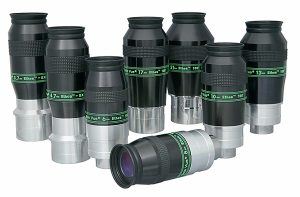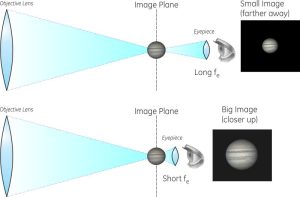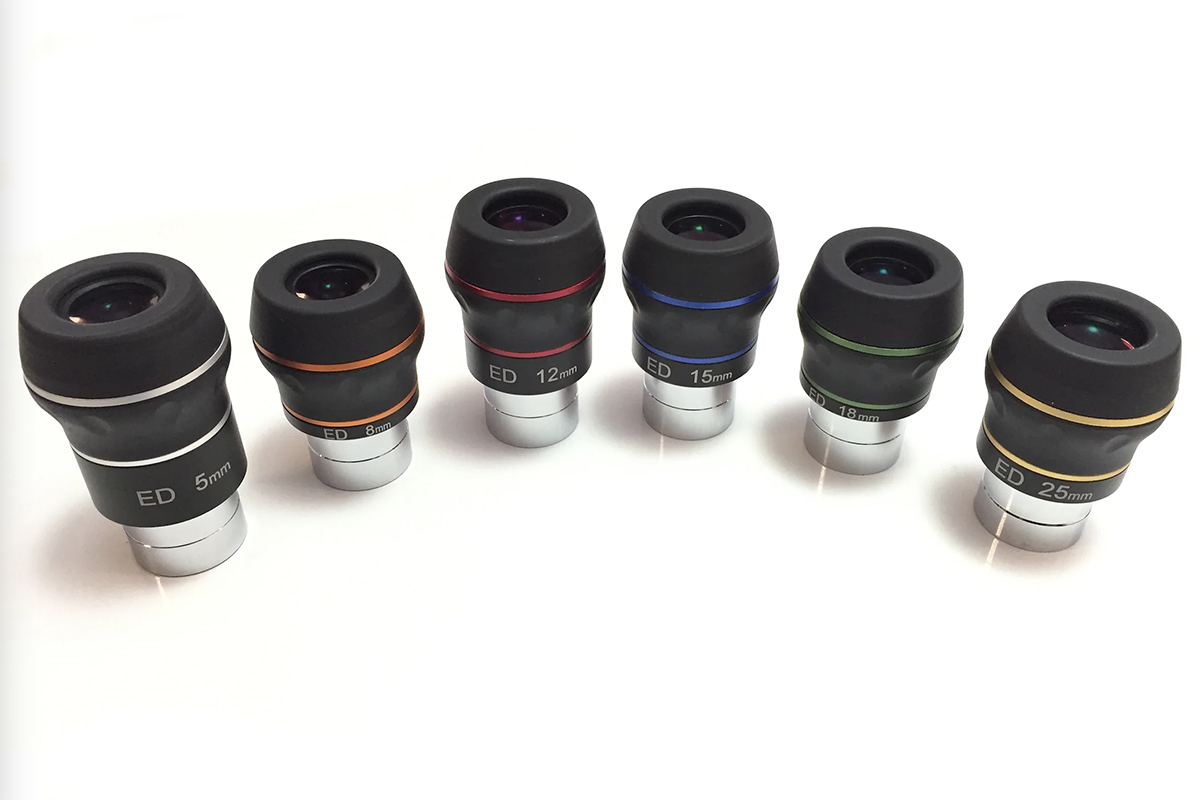 When one enters into amateur astronomy through the use of instruments, it is always advisable to have some accessories. Some are not too important, while others are essential to make a good observation. The most used accessories in astronomy and their respective characteristics are detailed below.
When one enters into amateur astronomy through the use of instruments, it is always advisable to have some accessories. Some are not too important, while others are essential to make a good observation. The most used accessories in astronomy and their respective characteristics are detailed below.
Eyepieces: They are the fundamental accessory for carrying out telescope observations, since it is where the image that one will see with their eyes is formed. Telescopes usually include an eyepiece by default, usually 20 or 25 mm, but the amateur quickly realizes that he will need at least one or two more to have observations covering various types of objects.

This is because each eyepiece has a different magnification, and each one offers a different field of vision. A low magnification (35-50x) gives a wider field of view, obtaining good panoramic views and faint deep-sky objects; medium magnification (80-120x) is ideal for open clusters or viewing the entire disk of the Moon; High magnifications (150-200x) excel for lunar details, double stars, and deep-sky objects.
Eyepieces are sold by their focal length, not magnification. Focal lengths are expressed in millimeters; Examples: 6mm, 10mm, 20mm, 32mm, etc. The smaller the focal length of the eyepiece, the greater the magnification and, at the same time, a smaller field of view.


